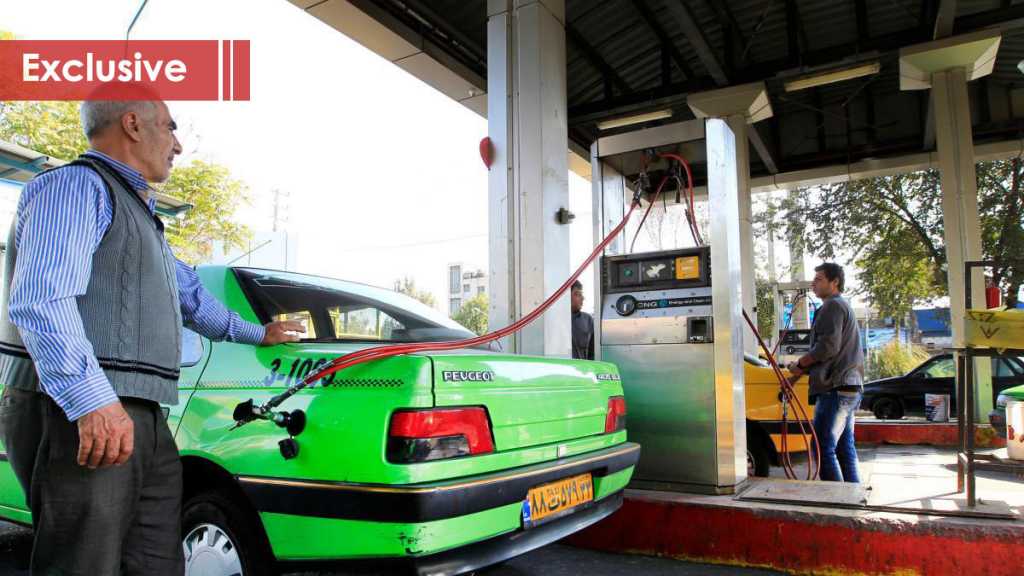
Understanding The Subsidies and The New Price Echelon in Iran

By Nour Rida
Tehran - Subsidies have been in place in Iran for nearly four decades. During the Iran-Iraq War of 1980 to 1988, when Iraq’s Saddam Hussein launched an assault against Iran backed by almost all international players, the government began subsidizing basic consumer goods such as food, medicine, and utilities (water, sewage, and power) to support its struggling population. Power in this case includes the oil sector. Throughout the years, Iran has been trying to carry out reforms in this regard, but of course subsidy reform has not been without complications.
For instance, in November 2010, cash handouts were introduced in Iran when a previous administrative government decided to decrease subsidies paid for energy to raise the money needed for social welfare and economic development plans.
The handouts had been originally meant to reach lower classes but the government decided to go for an all-inclusive system after it failed to come up with a decisive list that could reflect the social stratification in Iran.
Recently over the summer of 2019, the Rouhani government announced that it would start economizing the list of recipients, saying payment to a total of 24 million people would be halted by late March 2020, when the current Iranian calendar year comes to an end. These 24 million people have been identified as middle-upper class citizens who are not suffering dire living conditions.
The government has not indicated whether people on the lower income deciles would receive more cash handouts as a result of the changes in the current system.
An estimated $40-100 billion is paid every year to keep Iranians, poor and rich, supplied with cheap energy, water, fuel and basic food.
Reforms to face challenges
Now in light of the US sanctions and ongoing economic war against Iran, traffic clogging the streets and roads of the country, the continuous smuggling crimes where billions of dollars of cheap fuel are wasted when trafficked across the borders to Iraq and Pakistan, inefficient fuel usage, air pollution and human health problems, the government had to take precautionary measures to avoid any future crisis.
According to people who are in-the-know, large subsidies that the Iranian government allocates to fuel creates a huge price difference prompts smugglers to ship it out of the country and into countries where prices are much higher. More than 150,000 liters of smuggled diesel are seized in this region annually.
Also, estimates suggest Iran, now a gasoline-exporting country, is consuming more than 100 million liters of the fuel each day.
Price hike for cash handouts, the wealthy ineligible
An essential part of Iran’s strategy from the beginning was the redistribution, via cash grants, of proceeds generated by the reforms to different elements in the economy rather than pay near-universal cash transfers.
The amount of cash subsidies had not changed over the past few years, with a monthly deposit of 455 thousand Rials, with nearly 78 million people getting paid on monthly basis before the decision was made this summer to halt subsidies to the rich.
The new reform stipulates that households of one person get 55 thousand rials extra handouts, two people get 103 thousand rials, three people 137 thousand rials, four people 172 thousand rials and five people or more 205 thousand rials to compensate the rise in price. The sums are paid per adult to the head of each household.
The Iranian government has said it would spend all of more than $2.5 billion earned from the gasoline price hike on cash handouts and other form of subsidies targeting more than 70 percent of the Iranian population.
Well-informed sources told Iranian Mehr news, “this new plan will also include subsidized goods for the middle and lower classes in order to prevent further economic inflation from happening. Most probably, the cash subsidies will be deposited in the cards of the people only to be used for direct purchase of goods and basic needs from stores and markets.”
The source added these reforms are aimed at improving the living conditions of the middle and upper classes in Iran, noting “In fact the rich and wealthy are ineligible to receive cash handouts and are considered as members of the three highest income deciles of the Iranian population. Just in case someone was mistakenly identified as “well-off”, a government website has been designed especially for people to lodge their protest and once the government endorses the complaint, they get their handouts back.
New Pricing Echelon
The National Iranian Oil Products Distribution Company (NIOPDC) explained the new pricing echelon in a statement it issued. The subsidized fee of 10 thousand rials (almost 8.3 cents) per liter is increased to 15 thousand rials (almost 12.5 cents) per liter, a rise of 50%, which is offered at a limited rate of 60 liters per month, a rationing that did not exist for the last 6 years, for private cars with a rationing card. The monthly rationing for hybrid vehicles is 30 liters.
Gas-fueled pickups used for carrying cargos will enjoy 200 liters of the rationed subsidized gas, while hybrid ones will have a 60 liter-per-month share.
However, gas fueled pickups used for carrying cargos will enjoy 300 liters of the rationed subsidized gas, while hybrids will have a 120 liter-per-month share.
Gas fueled taxis will have a monthly rationing of 400 liters and hybrids will have 200 liters. Motorbikes are offered a monthly rationing of 25 liters of subsidized fuel while ambulances receive a monthly 500-liter ration of gas.
However, the price for not-rationed supply of the gas is still subsidized and below the level of price offered in majority of the neighboring countries. The non-rationed price is set at 30 thousand rials (almost 25 cents) per liter and there is no limitation for buying non-rationed fuel.
The price for the compressed natural gas (CNG) and diesel gas will remain unchanged.



